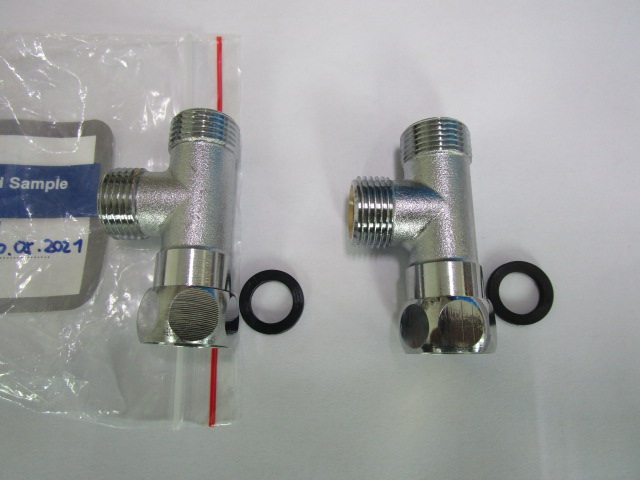
In our homes, restaurants, and offices, ceramic tableware like bowls, plates, and cups play a pivotal role in our daily lives. Beyond their utility, these items are expressions of culture and aesthetics. However, the beauty and functionality of ceramic tableware are deeply rooted in the quality of their production, adherence to international standards, and thorough inspection processes. This article explores the essential quality requirements, international standards, and inspection procedures that ceramic tableware must meet to ensure they are safe, durable, and visually appealing.
Contents
Quality Requirements: The Foundation of Ceramic Excellence
The journey of ceramic tableware from clay to kitchen involves meticulous attention to quality at every step. Quality requirements for ceramics cover material composition, durability, resistance to thermal shock, surface finish, and safety from harmful substances. Key considerations include:
- Material Composition: High-quality ceramic tableware starts with premium raw materials. The choice of clay, glazes, and other materials affects not only the aesthetic and tactile qualities but also the durability and safety of the end product.
- Durability: Ceramic items should resist wear and tear, maintaining their integrity and appearance over time despite frequent use and washing.
- Thermal Shock Resistance: A sudden change in temperature can be detrimental to ceramics. Quality tableware can withstand such changes without cracking or breaking.
- Safety from Harmful Substances: With ceramics in direct contact with our food, it’s crucial they don’t contain or leach harmful substances like lead or cadmium. Rigorous testing ensures these dangerous elements are absent, safeguarding consumer health.
International Standards: Harmonizing Safety and Quality
Global trade and consumer safety necessitate standardized criteria for ceramic tableware. These standards ensure that products meet consistent safety and quality benchmarks regardless of their origin. Notably, the following standards are crucial:
- ISO 6486-1: This standard outlines the requirements for ceramic tableware intended for food use, particularly focusing on limiting lead and cadmium release to ensure consumer safety.
- EU Regulation (EC) No 1935/2004: This comprehensive regulation governs materials and articles that come into contact with food within the EU, aiming to protect human health and interests.
Adhering to these standards helps manufacturers align their products with global safety and quality expectations, fostering trust among consumers worldwide.
Inspection Procedures: Guaranteeing Compliance and Quality
The final safeguard in the quality assurance process for ceramic tableware is a series of rigorous inspection procedures. These inspections validate that the tableware meets or exceeds the established quality requirements and standards. The process typically involves:
- Visual Inspection: Experts examine each piece for aesthetic and structural defects such as cracks, chips, and uneven glazing. This step ensures that only visually perfect items reach consumers.
- Physical Testing: This phase assesses the tableware’s resistance to physical stressors, including scratching, chipping, and thermal shock. These tests simulate regular use conditions to ensure long-term durability.
- Chemical Analysis: To prevent the risk of toxic substance contamination, ceramic tableware undergoes chemical testing. This analysis checks for the presence of lead, cadmium, and other hazardous materials, ensuring the safety of the products for food contact.
Conclusion
Ceramic tableware enriches our daily lives, offering not just utility but also a touch of beauty and tradition. Behind every piece of ceramic tableware lies a comprehensive process dedicated to ensuring its quality, safety, and durability. By adhering to strict quality requirements, international standards, and rigorous inspection procedures, manufacturers can provide consumers with products that are not only aesthetically pleasing but also safe and enduring. As the demand for high-quality ceramic tableware continues to grow, the industry’s commitment to these principles will remain crucial in delivering excellence to tables around the world.




